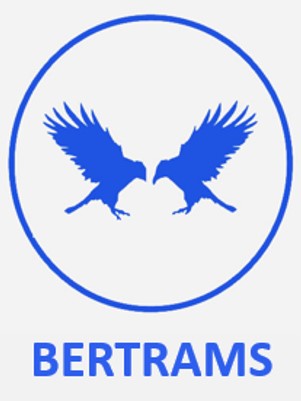How do your applications support your “Gemba Walk”?
1. Analytical Approach
As an engineer and typical process-manager, you might try to approach “hidden process items” in data, design, or organizational processes. Theoretically we nromally mention:
- Root Cause Analysis: Break problems into smaller parts to trace issues to their origin.
- Systems Thinking: Explore how components interact in complex systems – often, hidden relationships become clear only when viewed as interdependent and vice versa as independent parts.
- Simulation & Modeling: Use digital advanced simulations, or prototyping to reveal behaviors not obvious in initial specs.
2. Your intuitive Insight
Great discoveries often come from “intuitive leaps” – moments of insight that feel sudden but are rooted in deep expertise:
- Pattern Recognition: Trust accumulated experience to “see” structures emerge from difficult situations and pressure through “chaos-situations”.
- Abductive Reasoning: We might be able already to start with incomplete data, but then we need to apologize with cinematic and creatively hypothesized views on the new system era, which causes unknown observed effects.
- Mindfulness & Reflection: Sometimes, stepping back from a problem allows the subconscious to make connections.
3. Tools & Techniques
Practical tools to reveal hidden facets:
- Visualization: Graphs, flowcharts, and dashboards crystallize abstract problems.
- Data Mining/AI: Modern algorithms help find patterns and anomalies invisible to human analysts.
- Failure Analysis: Studying what went wrong often exposes principles at work.
4. Philosophical Perspective
“Misunderstandings of opinions and meanings versus mysterious process items” are, fundamentally, the unknown – and by revealing them advances process-knowledge:
- Curiosity & Humility: Accepting what we don’t know yet, opens doors.
- Interdisciplinary Dialogue: Often, insights come from other fields. For instance, taking lessons from biology into engineering (biomimetics).
